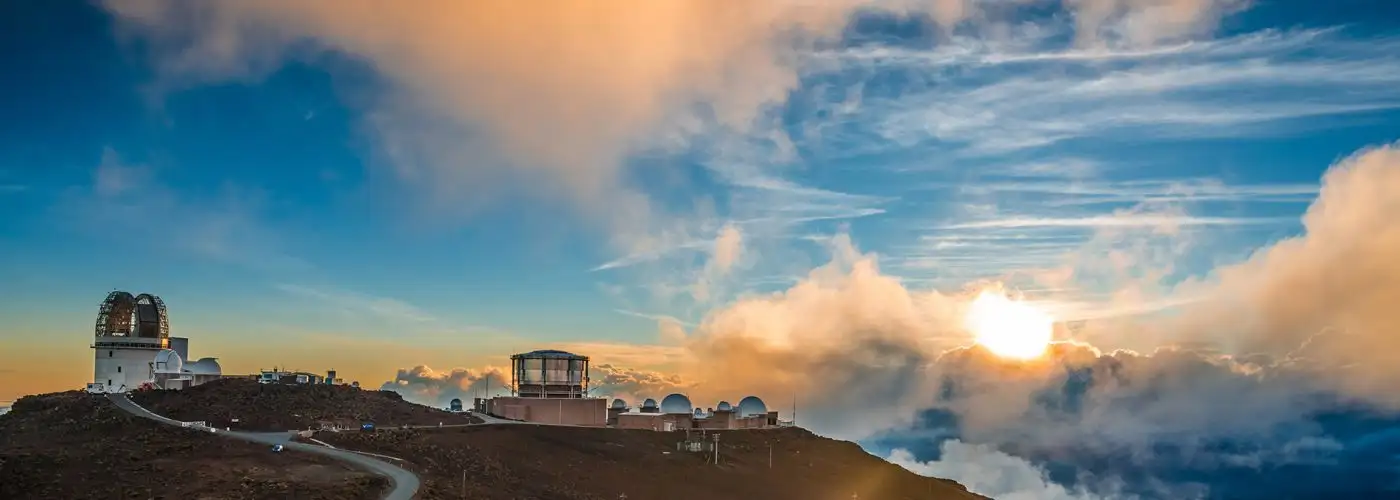Looking to get away from it all? Science has proven that nature travel can improve almost every aspect of your wellbeing, from increasing your attention span to improving your mood. To get the most benefit, it’s worth seeking out places with minimal noise, artificial light, and air pollution.
Unfortunately, this isn’t always easy. Quiet places are disappearing fast, even in protected areas; nighttime light pollution covers nearly 80 percent of the planet; and there are no places left that are entirely free of air pollution.
Go to These Places to Avoid Noise, Light, and Air Pollution
But there is hope; there are several well-organized resources for finding the darkest, quietest, and cleanest places left on Earth, including dark skies associations, noise experts, and the World Health Organization’s survey of air conditions worldwide. I combined them all to pick 10 of the best places to find clear skies, bright stars, fresh air, and the purest sounds of nature.
Flagstaff, Arizona

Flagstaff was the first city named an International Dark Sky City by the International Dark Sky Association, and was in the top five for cleanest air in a recent State of the Air survey by the American Lung Association. This small city isn’t particularly quiet, but active civic measures to keep down noise pollution mean that it’s easy enough to find peace in the surrounding areas at places like Meteor Crater and Walnut Canyon.
Book it: Get prices for Flagstaff hotels
Roisey, France

Roisey, located in the Auvergne-Rhone-Alpes region of France, has been determined by the World Health Organization to have the cleanest air in the country. Thanks in part to its location in a national park as well as altitude over 4,200 feet in some places, skies are also often very clear. Add to that an official population of just 909 people, and you have a great choice for getting away from it all right in the middle of Europe.
Book it: Get prices for top Roisey hotels
Te Anau, New Zealand
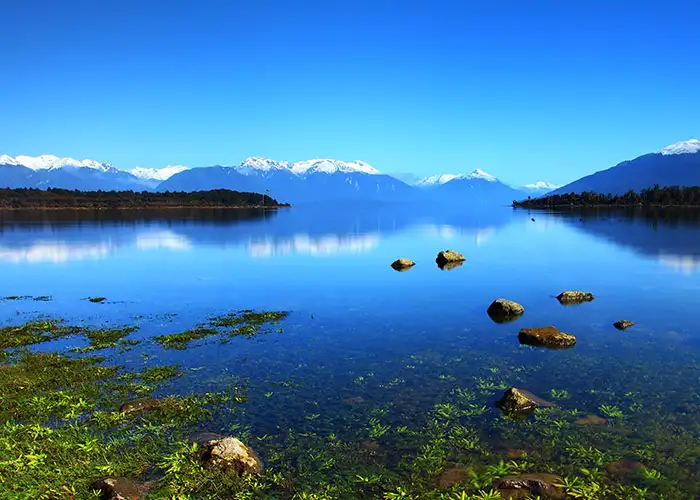
Global testing by the World Health Organization has found Te Anau to have some of the cleanest air worldwide. Its location at the entrance to Fiordland National Park makes it a basecamp for hikers and “trampers” who can see night skies so clear that there’s a small cottage industry offering night sky tours in the area. The presence of helicopter touring companies means it might not always be the quietest spot, but if you are hiking into the fjords or along the Kepler or Milford Tracks, you can escape the noise as soon as the heliports shut down each evening.
The Aoraki Mackenzie Dark Sky Reserve in Mt. Cook National Park is another superb New Zealand option, free of most air pollution and attracting stargazers from around the world.
Book it: Get prices for top Te Anau hotels
Campisabalos, Spain

Located about 100 miles north of Madrid, Campisabalos is another city that sits high on WHO’s list of the best air in the world. Dark sky maps put it solidly away from most light pollution; if you want even darker, travel a bit southeast to the Parque Natural de la Serrania to the west of Cuenca, which also includes the Enchanted City, a geological wonder created by natural erosion approximately 90 million years ago.
Book it: Get prices for top Campisabalos hotels
Mojave Desert, California
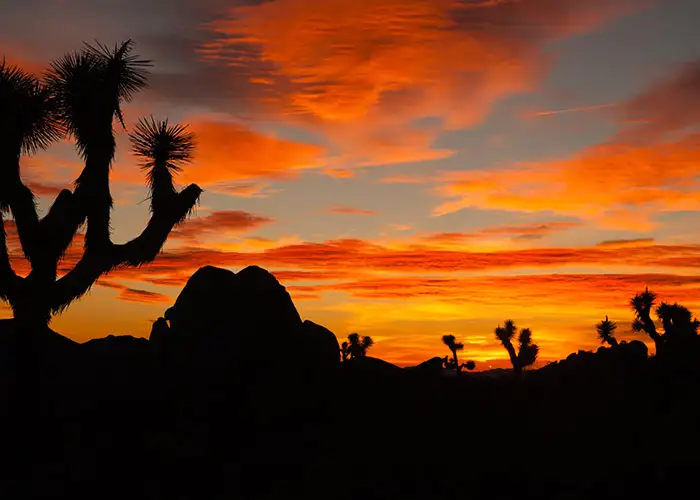
Trevor Cox, a professor of acoustic engineering at the University of Salford and author of a book on natural sound phenomena, recommends the Kelso Dune area in the Mojave Desert. Cox visited the spot specifically because there are interesting sounds—the dunes make a growling or bellowing sound when you move the sand around that gives them the name “singing sands”—but Cox notes that the area is extremely quiet.
“Kelso Dune in the Mojave Desert … has no flights and no cars, and actually no sound at times because there is very little wildlife,” he says. “It is a special place.”
The dunes are also located in a formidable area of dark skies, and the National Park Service’s “half the park is after dark” motto definitely applies here.
Book it: Get prices for top Mojave hotels
Lapland Region, Finland

Way up in the northern Lapland region of Finland, the municipality of Muonio topped WHO’s most recent clean air list. While you pull in the fresh air, you can take in some superb views of the northern lights; Finns often ski or snowshoe into the countryside to see the lights, but VisitFinland.com has put together a list of more comfortable options, including heated tents and glass igloos.
Muonio has the longest snow season in all of Finland, so if you don’t get clear skies right away, strap on some skis while you wait for a good night to see the lights.
Book it: Get prices for to Lapland hotels
San Pedro de Atacama Region, Chile
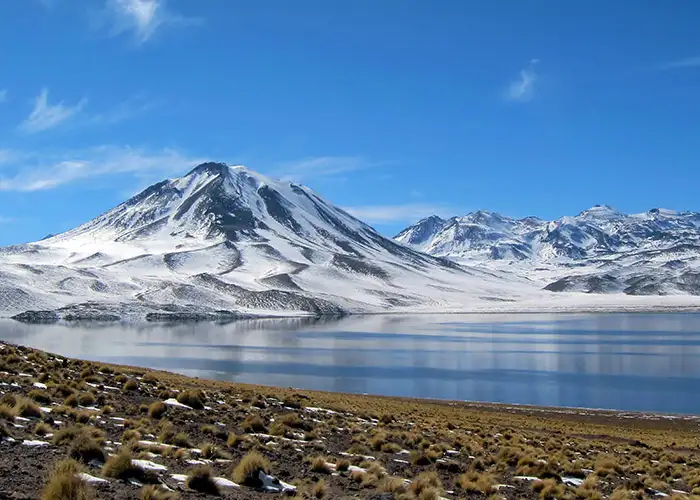
Clean air, high altitude, and the driest desert in the world combine to put the San Pedro de Atacama region at the top of the list of the darkest, clearest places on Earth. Don’t believe me? Check out this timelapse video. In addition to being free of light and air pollution, the desert environment also offers minimal sound from wildlife.
Book it: Get prices for top San Pedro de Atacama hotels
Grasslands National Park, Canada
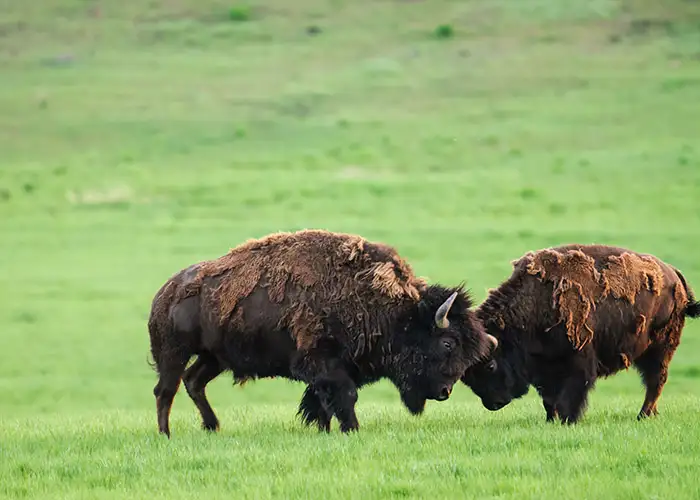
Gordon Hempton, founder of One Square Inch of Silence, did an acoustic survey at Saskatchewan’s Grasslands National Park and found that it has “the quietest, purest sounds,” he said. And much of the park is nearly absent of light pollution, according to Dark Site Finder. You won’t find much air pollution here either; the air in Canada is some of the best in the world, according to WHO.
Book it: Get prices for top hotels near Grasslands National Park
Canary Islands, Spain
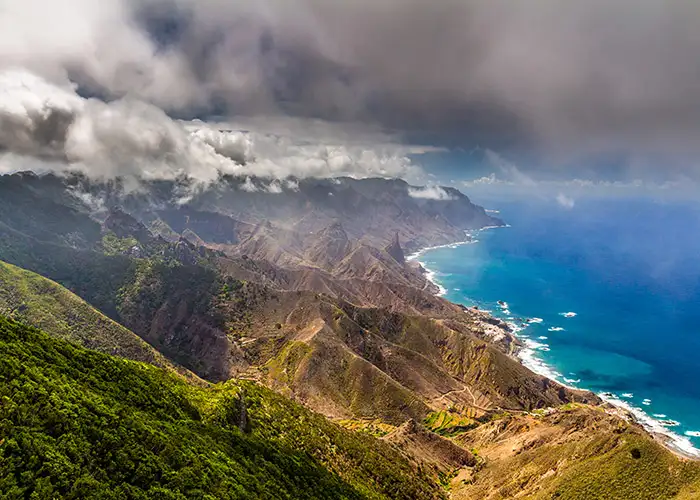
Mountainous geography and a location in the middle of the Atlantic Ocean make La Palma and Tenerife in Spain’s Canary Islands among the purest destinations on the planet. Teide National Park on Tenerife includes the highest peak in the Atlantic Ocean for peak baggers, not to mention stargazers.
Book it: Get prices for top Canary Islands hotels
Haleakala Summit, Hawaii

Hawaii has some of the most consistently clean air on Earth—even bustling Honolulu gets good marks from WHO—and the ability to get up above the clouds into thinner, cleaner air on top of Haleakala, in Maui, means there is even better stargazing here than at sea level. Visitors can stay overnight to see the stars and take in the sunrise, giving you the best of both worlds. The Mauna Kea observatory on the Big Island is another superb option, although staying overnight is not possible there.
Book it: Get prices for top Maui hotels
Bonus Option: Anechoic Chambers

At least a few of the quietest places on Earth are manmade, including Guinness’s choice for the title, Microsoft’s Building 87 in Redmond, Washington. Anechoic chambers like this one are designed to block external noise and absorb internal sounds. Professor Cox notes that the anechoic chamber at Salford is open a few days a year for tours, but it’s not as quiet as you might think: “What surprises people is that it isn’t silent, because you can’t escape body sounds.”
Book it: Get prices on top Redmond hotels
More from SmarterTravel:
- The Best Places to Stargaze: 8 Dark-Sky Reserves and Sanctuaries
- Epic Moonlight: Night Activities for Adventurers
- 12 Most Beautiful National Parks in the World
Ed Hewitt is a seasoned globetrotter who brings you a biweekly glimpse into the latest travel news, views, and trends—and how they could affect your travel plans.
We hand-pick everything we recommend and select items through testing and reviews. Some products are sent to us free of charge with no incentive to offer a favorable review. We offer our unbiased opinions and do not accept compensation to review products. All items are in stock and prices are accurate at the time of publication. If you buy something through our links, we may earn a commission.
Related
Top Fares From
Today's Top Travel Deals
Brought to you by ShermansTravel
Shop and Save with Country Inns...
Patricia Magaña
 Hotel & Lodging Deals
Hotel & Lodging Deals
$229 -- Chicago: Discounted Rates and...
Francesca Miele
 Hotel & Lodging Deals
$229+
Hotel & Lodging Deals
$229+
$188 -- Honolulu: Save on Oceanview...
Abigail Lamay
 Hotel & Lodging Deals
$188+
Hotel & Lodging Deals
$188+
